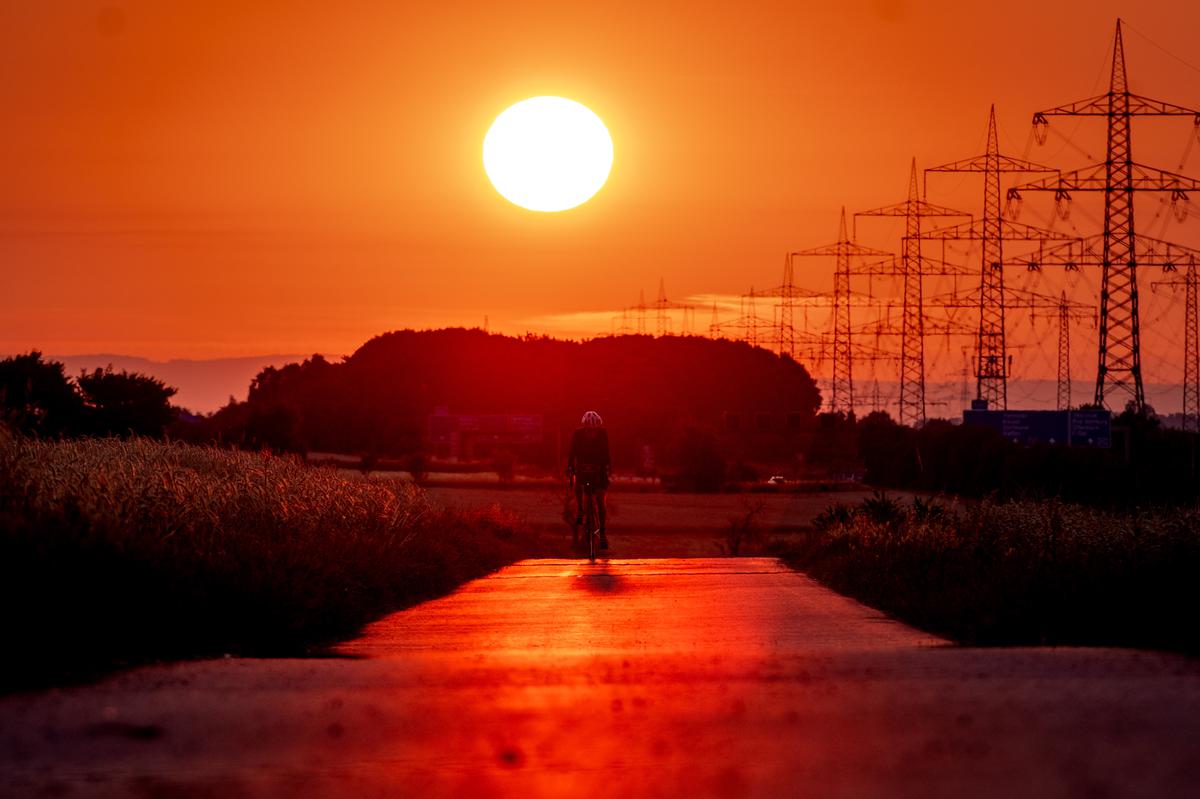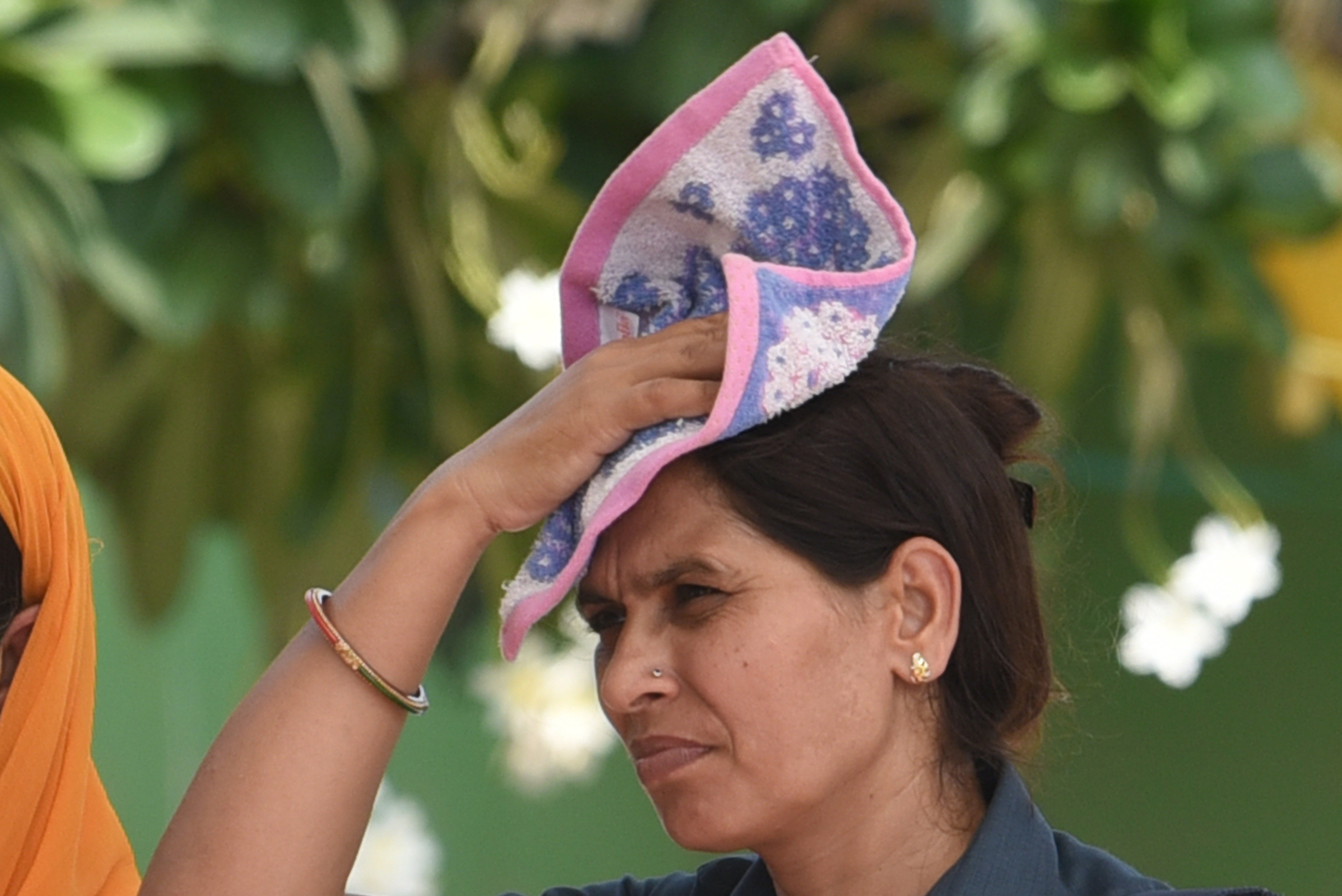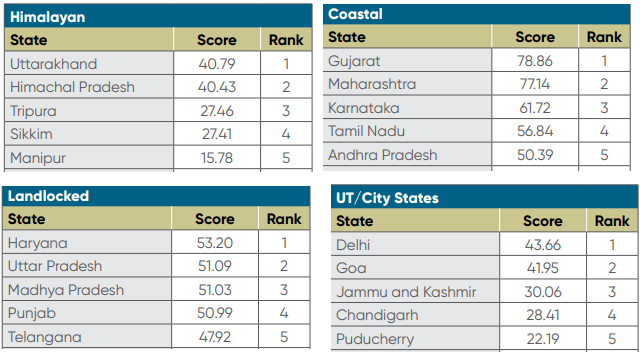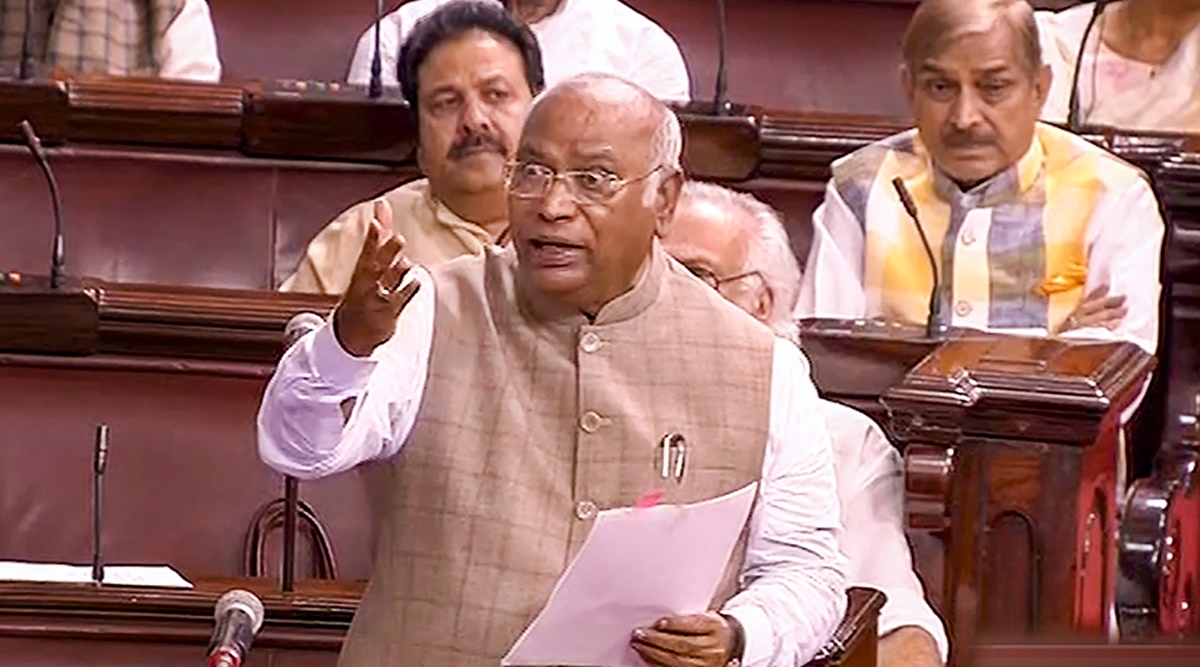Narendra Modi, the Prime Minister, recently announced an ambitious ambition to attain 20% ethanol-blended petrol countrywide by 2025.
Central idea
In the previous five years, India’s ethanol production programme has made tremendous progress, with increased volumes provided to oil marketing companies (OMCs) and a shift towards various raw materials such as rice, damaged grains, maize, and millets. Ethanol, a 99.9% pure alcohol that may be blended with petrol, has undergone tremendous changes in its origin, manufacture, and utilisation.
What exactly is ethanol?
- Ethanol is a transparent, colourless, flammable liquid that is also known as ethyl alcohol or grain alcohol. It has the chemical formula C2H5OH and is a kind of alcohol.
- Ethanol is a form of alcohol that is created by the fermentation of carbohydrates by yeast or other microbes.
Ethanol Applications
- Ethanol is an important component in alcoholic beverages.
- Ethanol is currently widely employed as a biofuel or as a gasoline additive, resulting in ethanol-blended petrol or gasohol.
- Ethanol is utilised in a variety of industrial operations, such as the manufacture of solvents, cleaning agents, medicines, personal care products, and chemicals.
- Because of its capacity to kill germs and viruses, it is a valuable component of antiseptics and hand sanitizers.
- Ethanol is used in food processing for a variety of reasons, including preservatives, flavour enhancers, and food-grade solvents.
A summary: The Evolution of Ethanol Production in India
- Feedstocks of the Past: Until 2017-18, India’s ethanol production was primarily based on ‘C-heavy’ molasses, a byproduct of sugar manufacturing. Sugar mills made ethanol from molasses containing 40-45% sugar, giving 220-225 litres of ethanol per tonne.
- Ethanol Blending Increased: The government’s policy and the use of varied feedstocks resulted in a large increase in ethanol output and blending with petrol. The average ethanol-to-petroleum blend in India climbed from 1.6% in 2013-14 to 11.75% in 2022-23.
- Environmental Sustainability: Distilleries reduced pollution by using modern technology such as multi-effect evaporator (MEE) units to process liquid effluents (waste wash).
- Green Energy Promotion: The evolution of ethanol production in India is consistent with the country’s goal of reducing reliance on fossil fuels and boosting renewable and green energy sources.
- Ethanol Blending Increased: The government’s policy and the use of varied feedstocks resulted in a large increase in ethanol output and blending with petrol. The average ethanol-to-petroleum blend in India climbed from 1.6% in 2013-14 to 11.75% in 2022-23.
- Environmental Sustainability: Distilleries reduced pollution by using modern technology such as multi-effect evaporator (MEE) units to process liquid effluents (waste wash).
- Green Energy Promotion: The evolution of ethanol production in India is consistent with the country’s goal of reducing reliance on fossil fuels and boosting renewable and green energy sources.
The Benefits of India’s Ethanol Production Programme
- Ethanol production lessens India’s reliance on imported fossil fuels, improving energy security and making the country less vulnerable to shifting global oil prices.
- Blending ethanol with petrol reduces carbon emissions. This aids in the fight against climate change and improves air quality.
- Ethanol production from multiple feedstocks promotes agricultural diversification and offers farmers with additional income sources, boosting the rural economy.
- The programme produces ethanol from agricultural byproducts and residues, increasing efficient resource use and minimising waste.
- The ethanol production programme produces jobs in rural regions, notably near sugar mills and distilleries, and hence contributes to rural economic growth.
- Ethanol production contributes to India’s commitment to sustainable development by aligning with the country’s renewable energy goals.
Ethanol production byproducts
Spent Wash:
- During the manufacturing of alcohol, a liquid effluent known as spent wash is produced. Spent wash is a byproduct that, if not properly treated, can cause major environmental problems.
- It is a high-strength organic wastewater because it contains residual sugars and other chemicals from the fermentation process.
DDGS (Distillers’ Dried Grain with Solubles):
- The byproduct of grain-based distilleries is DDGS.
- Following the separation of the liquid from the spent wash, the remaining solid material is dried, yielding distillers’ dried grain with solubles (DDGS).
What are the advantages of ethanol byproducts?
- Concentrating spent wash reduces its volume, and using it as a boiler fuel in conjunction with bagasse provides a sustainable energy source, reducing the need for fossil fuels and lowering greenhouse gas emissions.
- The ash produced by burning of concentrated wasted wash includes up to 28% potash. This potash can be used as fertiliser, improving soil health and enhancing agricultural sustainability.
- Utilising byproducts such as DDGS as animal feed optimises resource use and reduces waste.
- Waste is reduced by converting wasted wash and wet cake into usable items.
- The utilisation of byproducts embodies the ideals of a circular economy, in which waste is minimised and resources are recycled and reused.
Source: https://indianexpress.com/article/explained/explained-economics/the-ethanol-impetus-8856449/










